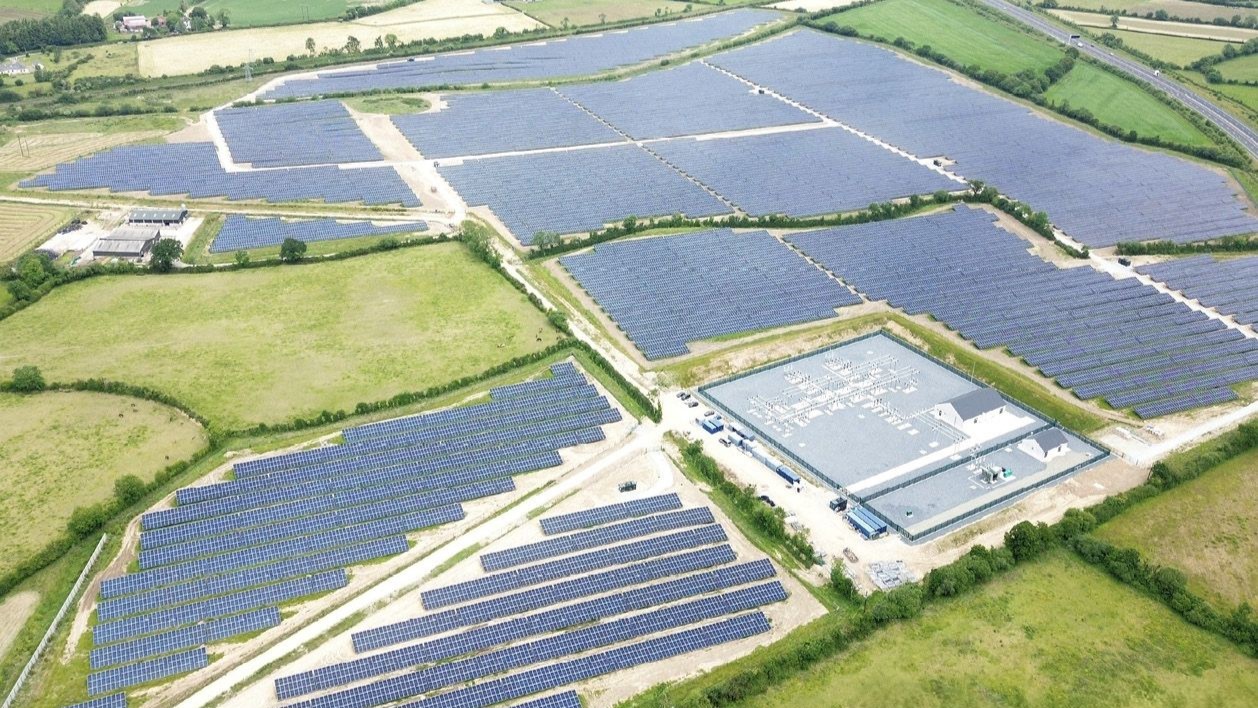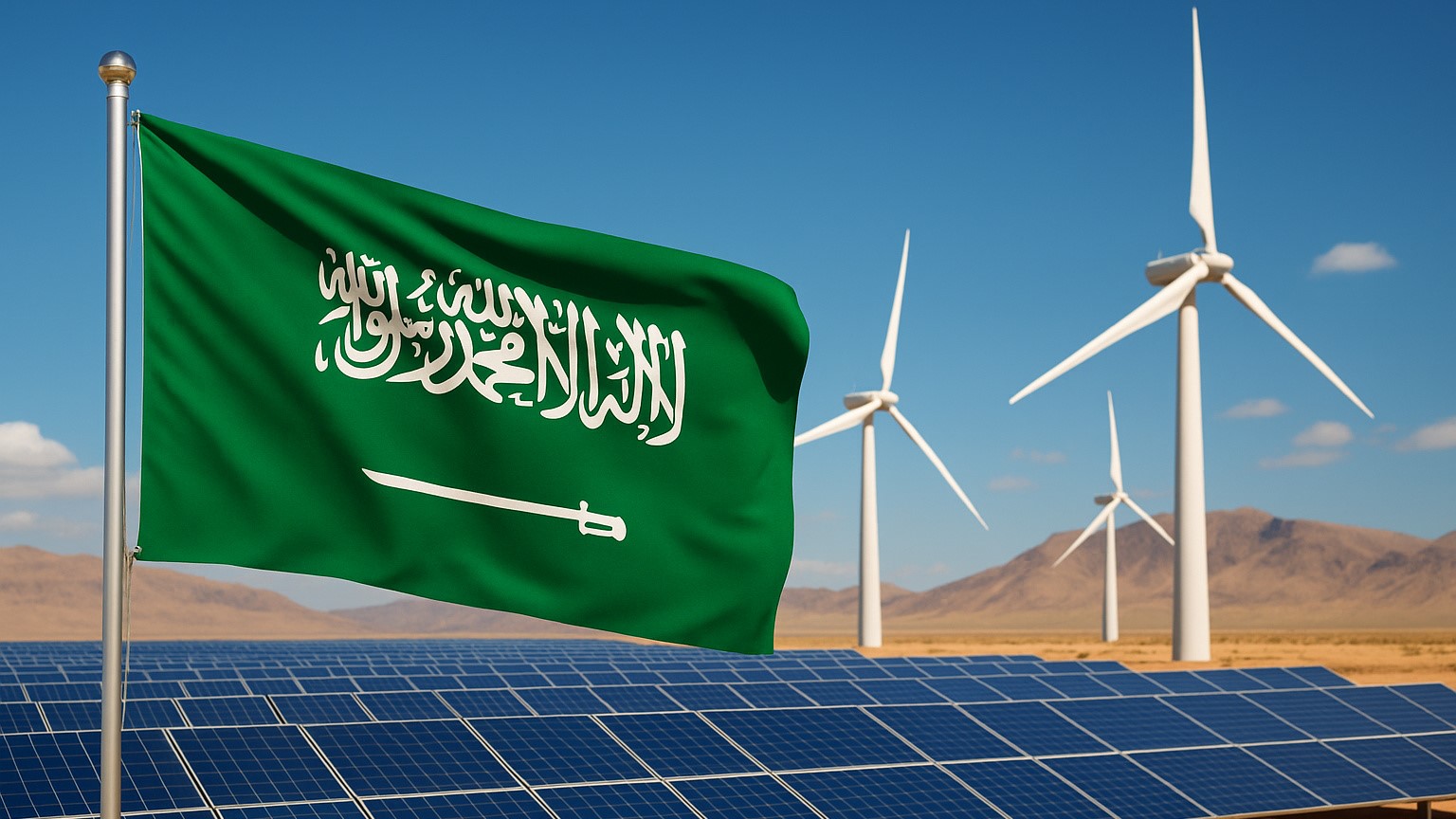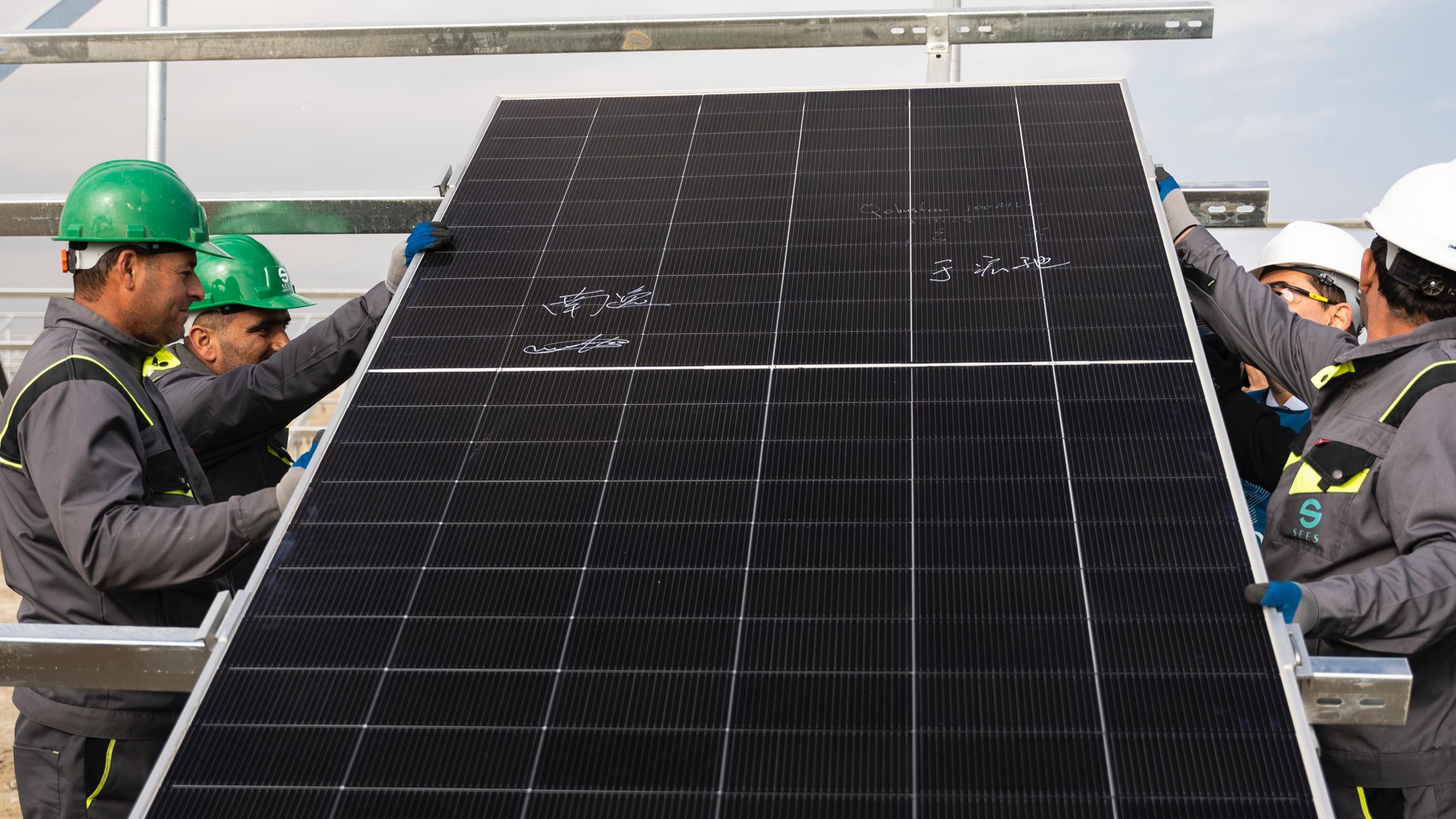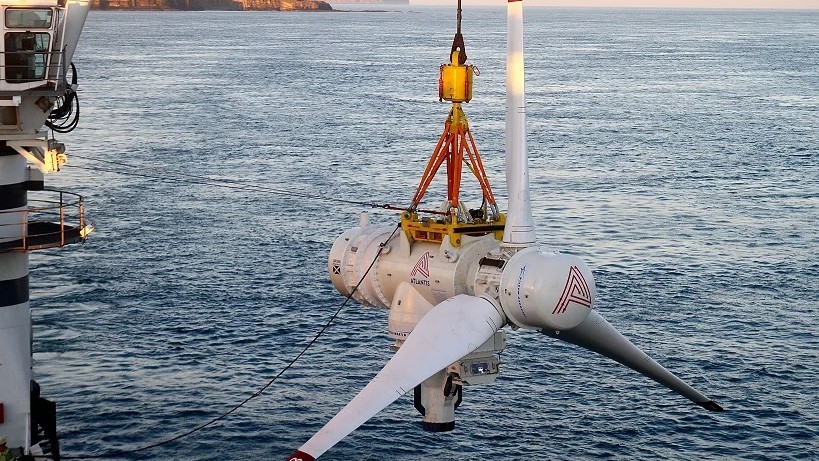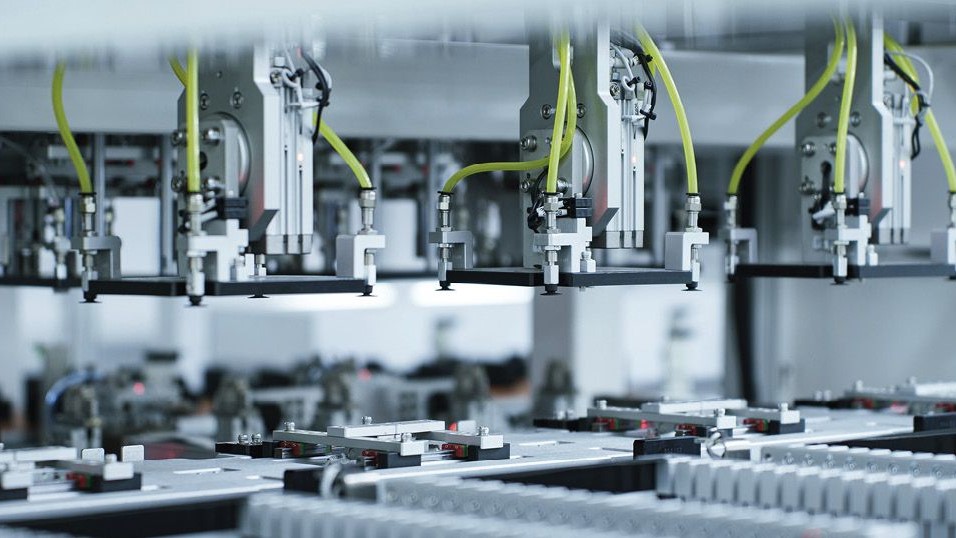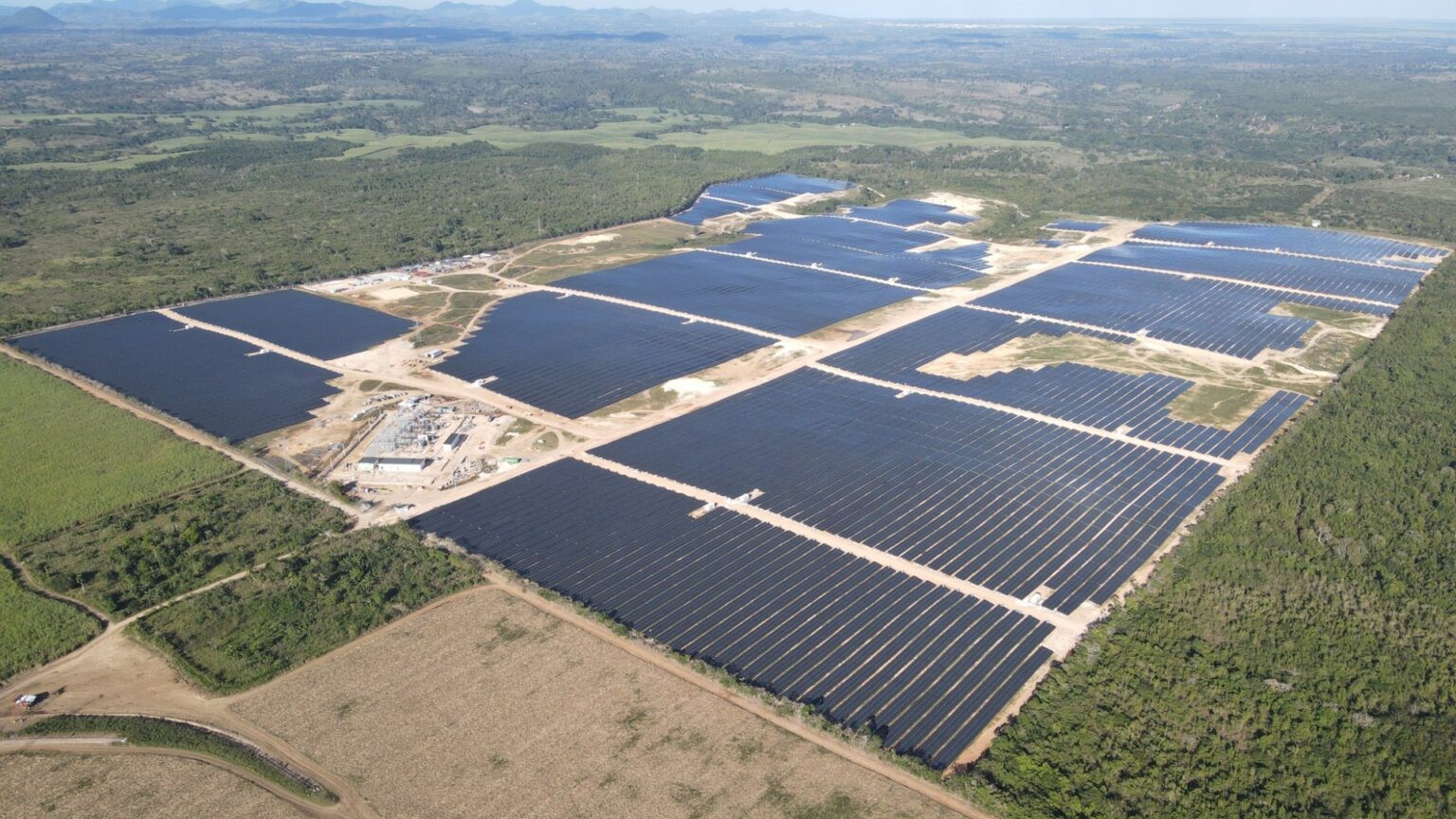A new report looking at Ireland’s energy transition projects that solar will meet its 8 GW target by 2030 and, on a broader scale, renewables are on track to contribute 80% of Ireland’s generated electricity by 2030 and 93% by 2050.
Titled ‘Energy Transition Outlook Ireland’, the report contains data from analyst Wood MacKenzie and was produced by utility company Pinergy.
While Wood MacKenzie’s projections are not negative for solar, its data on wind is another matter. The analyst estimates offshore wind will only reach 824 MW by the end of the decade, far behind the target of 5 GW, with project delays being the main culprit. Onshore wind capacity is expected to reach 7.5 GW, also behind the 2030 target of 9 GW.
Pinergy CEO Enda Gunnell said Ireland’s energy transition is at a crossroads and while he welcomed the government’s recent equity funding announcement of €3.5 billion in grid infrastructure, the report claimed that renewables’ contribution to the system would hinge on how well the state plans deployment long-term.
Increasing energy storage capacity is urgently needed. “We project 4.7 GW installed by 2030, more than doubling capacity in the next five years, from 2.2 GW expected by the end of 2025,” the report stated, adding that long-duration energy storage, in particular, should play a key role in supporting the energy transition. The message: energy storage is not an afterthought, especially where integrating solar into the system is concerned.
Right now, Ireland has less than 2 GW of installed solar capacity. A report by industry body Solar Ireland stated Ireland’s installed solar capacity hit 1.76 GW at the end of May 2025, placing the country among other ‘mid-tier’ solar performers. The same report said solar in Ireland has grown by almost 160% since 2023. It hardly needs to be said that the country will need to continue this track record, supported by policy and incentivizing grants if it is to reach 8 GW by 2030.
Just last November, pv magazine reported that the Sustainable Energy Authority Ireland (SEAI) said there was no scenario in which Ireland would meet its 8 GW of installed solar capacity goal by 2030. Instead, it estimated the real benchmark would be more like 5 GW with existing measures in place.
Wood MacKenzie’s outlook reports that Ireland’s overall electricity demand is set to grow by two thirds by 2050, reaching 59 TWh.
Companies developing and operating data centers will account for much of the electricity demand in the short term, with Wood MacKenzie estimating data centers will consume 8.6 TWh of electricity from the grid by 2030 – roughly the equivalent of two million homes.
Long term, the picture is more complex. According to the report’s authors, state support and greater public awareness are both needed to increase EV and heat pump adoption rates, which are currently lagging other European countries.
Currently, heat pump adoption is 68% (461,000 units) behind the 2030 heating target of 680,000. While the government-owned Sustainable Energy Authority of Ireland (SEAI) has introduced a tender intended to stimulate the industrial heat pump market, more needs to be done to encourage widespread domestic deployment.
Ireland is also falling short of 2030 EV targets. The report predicts it needs to increase EV adoption rates by 54%. The country is targeting 175,000 passenger EVs, including plug-in hybrids, on the road by 2025, with this figure rising to 845,000 by 2030. Grants are already being offered for the private purchase of new battery electric vehicles; however, passenger EV sales growth slowed in 2024, dropping 9% compared to a 16% increase in 2023. The report attributes this to poor charging infrastructure and grant reductions.
“Domestically, the sluggish adoption of critical technologies such as electric vehicles and heat pumps risks delaying the transition over the next decade,” said Lindsey Entwistle, senior analyst at Wood Mackenzie and co-author of the report.


